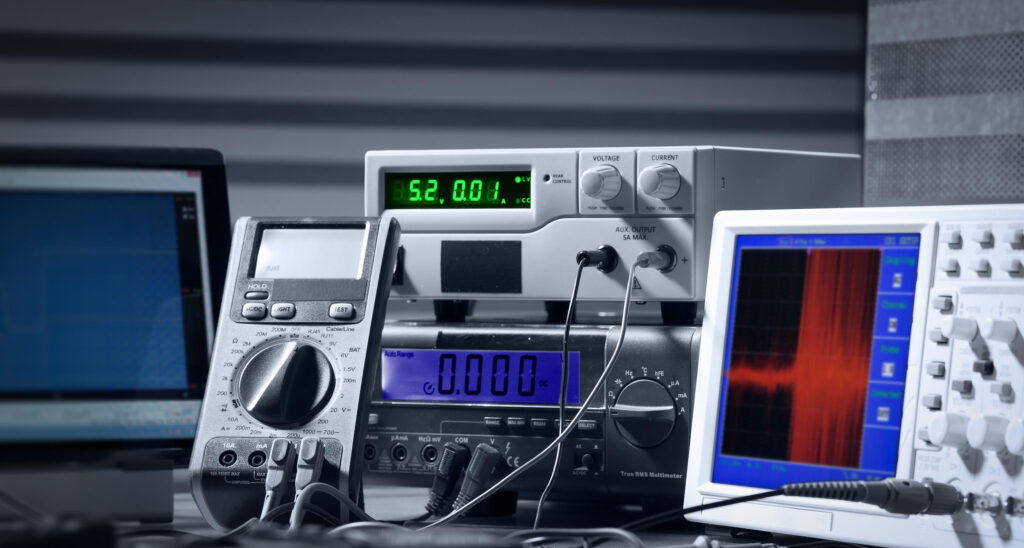The Importance of Medical Device Calibration

Medical device calibration is a critical process that ensures accuracy, reliability, and safety in healthcare settings. Regular calibration is essential for maintaining the effectiveness of medical equipment, meeting compliance standards, and ensuring optimal patient care. Below, we’ll break down the key aspects of medical device calibration, its importance, and the role of professional calibration services.
What is Medical Device Calibration?
Medical device calibration is the process of verifying and adjusting medical equipment to ensure it provides accurate measurements and functions as intended. Over time, medical devices can drift from their original settings due to wear and tear, environmental conditions, or regular use. Calibration involves comparing the device’s output against a known standard and making necessary adjustments to restore accuracy.
Key examples of medical devices that require regular calibration include:
- Imaging equipment (e.g., X-rays, CT scanners, MRI machines)
- Diagnostic tools (e.g., blood pressure monitors, thermometers, glucose meters)
- Laboratory instruments (e.g., centrifuges, pipettes, analyzers)
- Therapeutic devices (e.g., infusion pumps, ventilators, defibrillators)
Why is Calibration Important?
Calibration ensures that medical devices operate accurately, which is crucial for both patient safety and effective diagnosis or treatment. The primary benefits include:
- Patient Safety
Inaccurate readings or malfunctioning devices can lead to misdiagnoses, improper treatment plans, or delayed interventions, all of which may endanger patients. - Regulatory Compliance
Healthcare facilities must adhere to industry standards and regulatory requirements, such as those set by the FDA or ISO. Proper calibration helps facilities meet these standards and avoid legal or financial penalties. - Extended Equipment Lifespan
Regular calibration can identify issues before they escalate, reducing the likelihood of major breakdowns and prolonging the equipment’s lifespan. - Cost Efficiency
Preventative calibration minimizes unexpected repairs and downtime, ultimately saving money for healthcare facilities.
How is Medical Device Calibration Performed?
The calibration process typically involves the following steps:
- Assessment and Inspection
Technicians inspect the device for physical damage or wear that might affect its accuracy or functionality. - Comparison Against Standards
Devices are tested against national or international calibration standards to determine any deviation in performance. - Adjustment and Fine-Tuning
If deviations are detected, adjustments are made to bring the device back into compliance with the standard. - Documentation
A detailed report is provided, outlining the calibration results and certifying that the device meets regulatory requirements. - Follow-Up Testing
Periodic follow-up calibrations are scheduled to maintain ongoing accuracy and compliance.
How Often Should Calibration Be Done?
The frequency of calibration depends on several factors:
- Device Type and Usage: Frequently used devices or those critical to patient care may require more frequent calibration.
- Manufacturer Recommendations: Most manufacturers provide calibration schedules for their devices.
- Regulatory Guidelines: Compliance with local and international regulations often dictates calibration frequency.
- Environmental Factors: Equipment used in extreme conditions, such as high humidity or fluctuating temperatures, may need more frequent checks.
Conclusion
Medical device calibration is essential for maintaining accuracy, ensuring patient safety, meeting compliance requirements, and optimizing equipment performance. Regular calibration protects both patients and healthcare facilities from the risks associated with inaccurate or malfunctioning equipment. At Great Lakes Imaging, we provide expert calibration services for a wide range of medical devices, helping your facility maintain its standards and operational efficiency. Contact us today to schedule your calibration and ensure your equipment delivers reliable, precise results.
